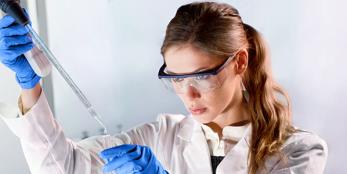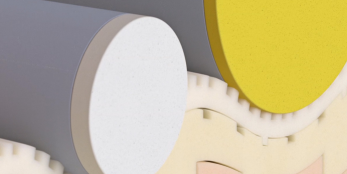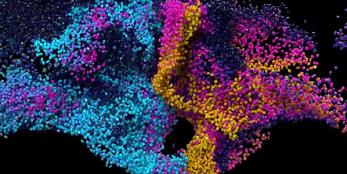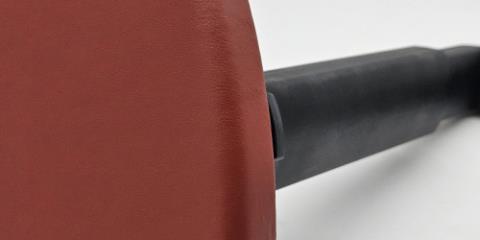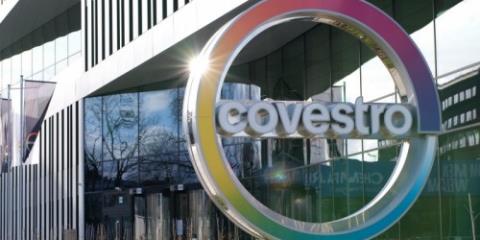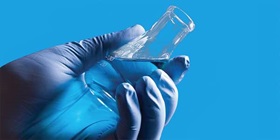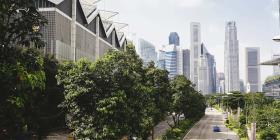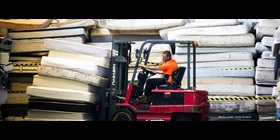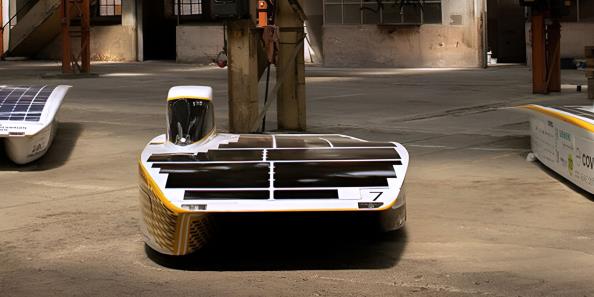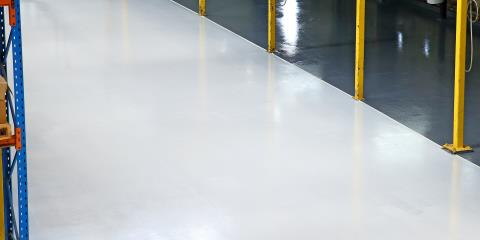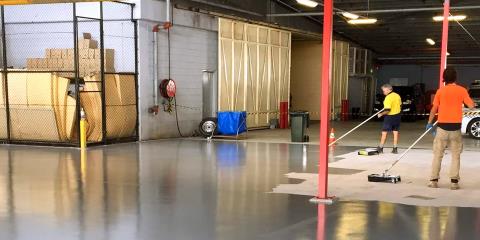Enabling innovation in Australia and New Zealand
Covestro is a world-leading supplier of high-tech polymer materials: innovative, sustainable and diverse.
Thanks to our global presence and close proximity to our customers, Covestro Australia are the partner of choice for a wide variety of industries across Australasia. Our products and application solutions are used in many areas of modern life.
In line with our vision “To make the world a brighter place,” we work on solutions to the challenges of our time – to push the boundaries of what is possible.
Product Center
Whether the high-performance plastic polycarbonate, the components for the versatile foam polyurethane or the numerous raw materials for coatings and adhesives: The Product Center is your source for information on more than 2,000 products from Covestro.
Sustainability Australia and New Zealand
At Covestro Australia, we believe that acting and thinking sustainably is essential if we are to preserve our planet for future generations. By thinking global and acting local, we take great care to make sure that our local impacts and initiatives meet world-class environmental, ethical and social standards.
Our purpose, “to make the world a brighter place” reflects our commitment to ensuring that our interactions with local communities, partners and stakeholders upholds our global values of People, Planet, and Profit. We also ensure that our entire supply chain meets strict environmental, ethical and social standards.
For us, sustainability involves viewing each decision, action and consequence in a holistic way. We believe that we have a responsibility to interact carefully with the Australia’s natural resources, and we’re committed to leading the way in sustainable materials research, production and end of life product stewardship.
By integrating sustainability into our strategy, we create and support a range of socially and environmentally sound initiatives that meet strict environmental, ethical and social standards. Find out more about these initiatives below.





